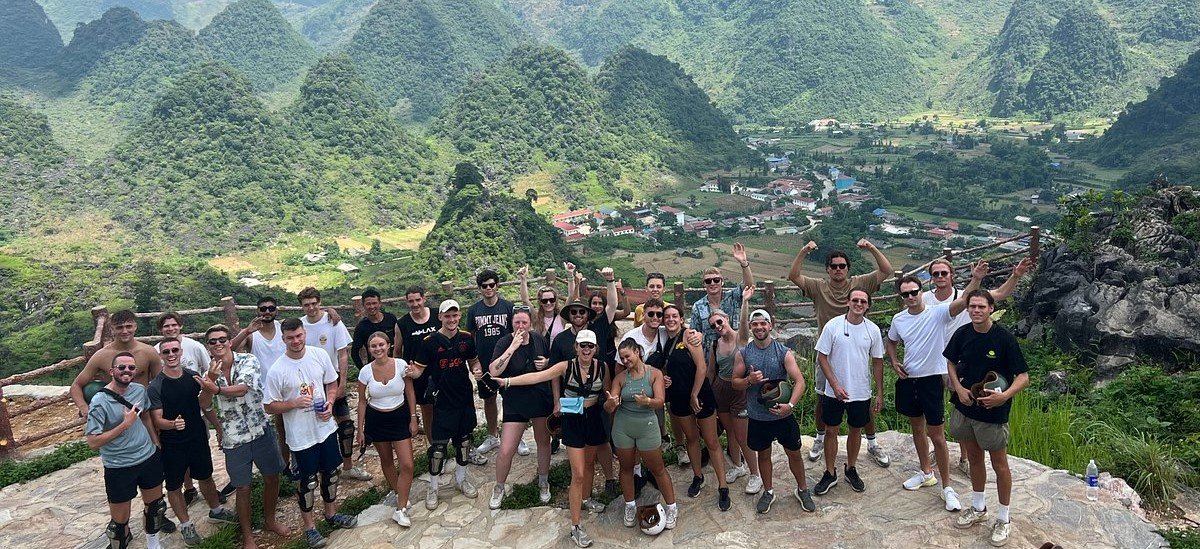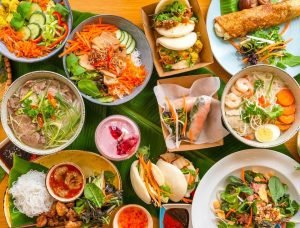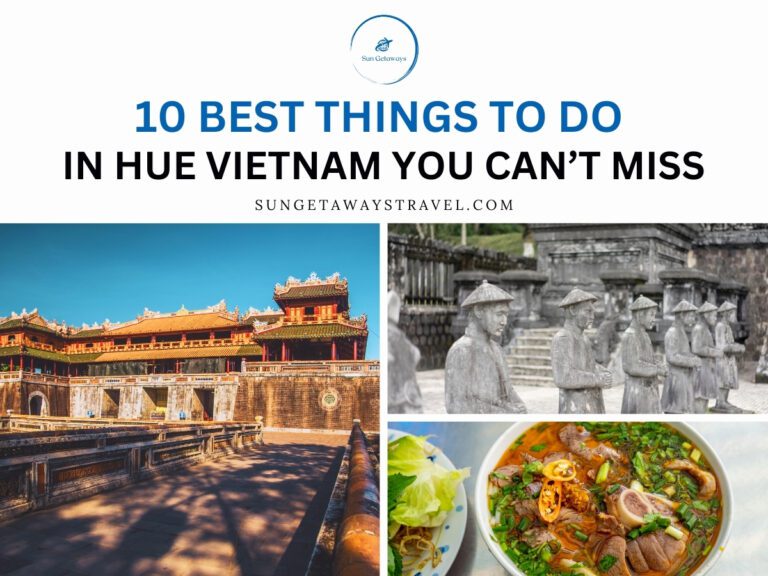Unleashing the Warrior Within: Vietnamese Martial Arts
Vietnam is a land of resilience, deeply rooted in a history of struggle and survival. The nation’s martial arts reflect this heritage, combining centuries-old traditions with modern techniques. From the world-famous Vovinam to lesser-known traditional Vietnamese fighting styles, these arts embody discipline, agility, and harmony between mind and body. Vietnamese martial arts are not just about combat but also about cultural preservation, self-improvement, and spiritual growth.
In this article, we’ll dive into the fascinating world of Vietnamese martial arts, exploring their origins, philosophies, techniques, and modern-day significance.
A Brief History of Vietnamese Martial Arts
Ancient Beginnings: The roots of martial arts trace back over 4,000 years to the early days of Vietnamese civilization. In an agrarian society constantly threatened by natural disasters, wild animals, and invasions, combat techniques were essential for survival. Villagers trained in basic self-defense, combining their knowledge of nature with physical skill.
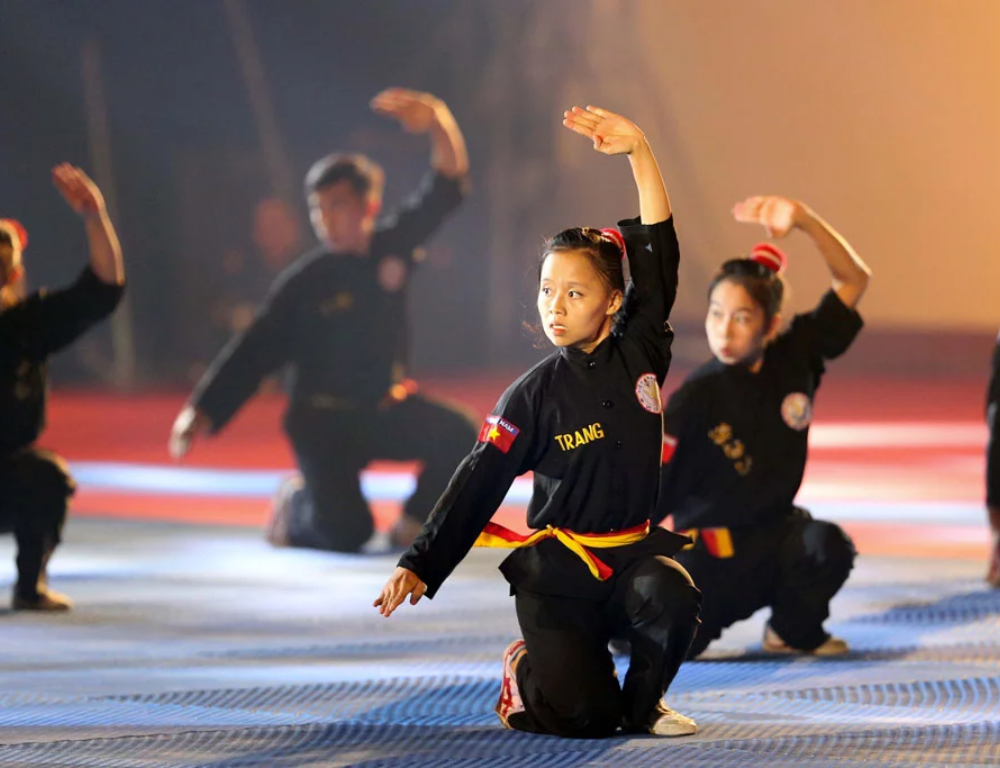

Influence of War and Conflict: Vietnam’s history is marked by resistance against invaders, from Chinese dynasties to French colonizers. These conflicts shaped martial arts, as warriors adapted and refined their techniques to counter different fighting styles.
Cultural Integration: Chinese martial arts, particularly during centuries of Chinese domination, influenced Vietnamese combat systems. However, the Vietnamese adapted these techniques, adding their unique flair to create something distinctly their own.
🇻🇳 Delve into the depths of Vietnamese Culture!!
Core Philosophies of Martial Arts
Vietnamese martial arts emphasize balance, not only in physical movements but also in life. Practitioners are taught to balance strength and flexibility, offense and defense, and mind and body. Reflecting Vietnam’s history of guerrilla warfare, martial arts styles prioritize adaptability.
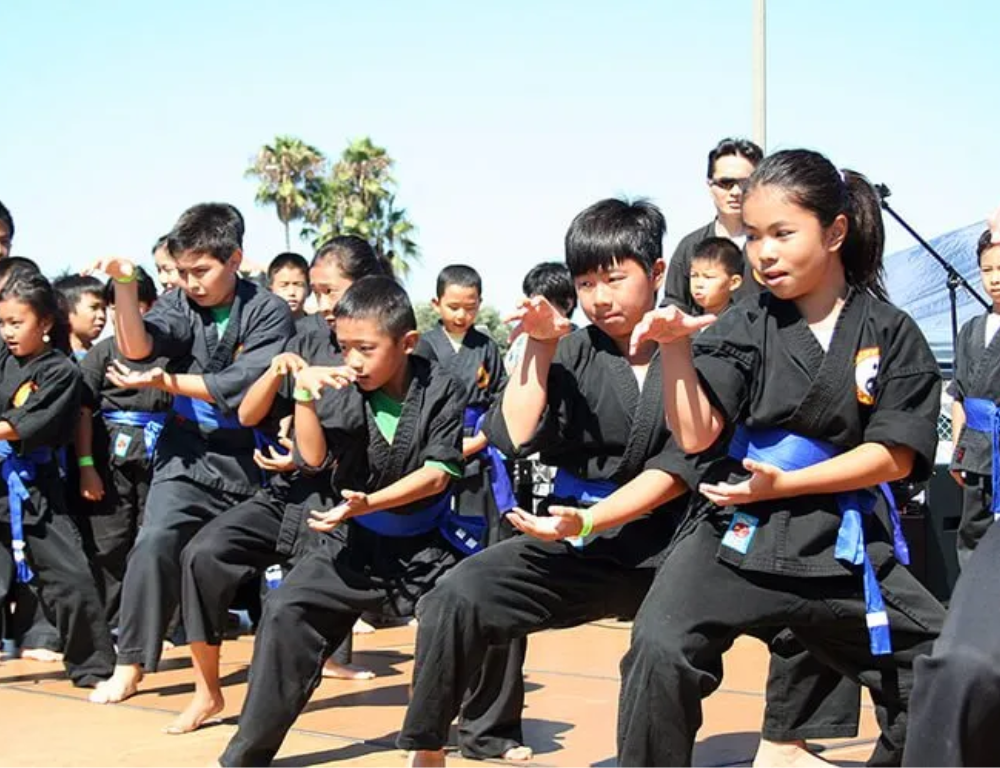

Fighters learn to use their surroundings, turning even everyday objects into weapons. At the heart of all Vietnamese martial arts is a deep respect for teachers, opponents, and oneself. Discipline is a cornerstone, ensuring that martial arts are used responsibly.
🔥 Improve your language skills with our top-rated Vietnamese Language Schools Hanoi.
Vovinam: Vietnam’s National Martial Art
The Birth of Vovinam
Vovinam, the most famous Vietnamese martial art, was founded in 1938 by Nguyen Loc. It emerged during a time of cultural revival, aiming to strengthen national identity and physical health. Vovinam blends traditional techniques with influences from Chinese, Japanese, and Korean martial arts.
Philosophy of Vovinam
Vovinam emphasizes harmony between hard and soft techniques, embodying the yin-yang principle. Practitioners are encouraged to cultivate a strong body, a sharp mind, and a virtuous spirit.
Techniques and Training
Vovinam is known for its dynamic and acrobatic moves, including:
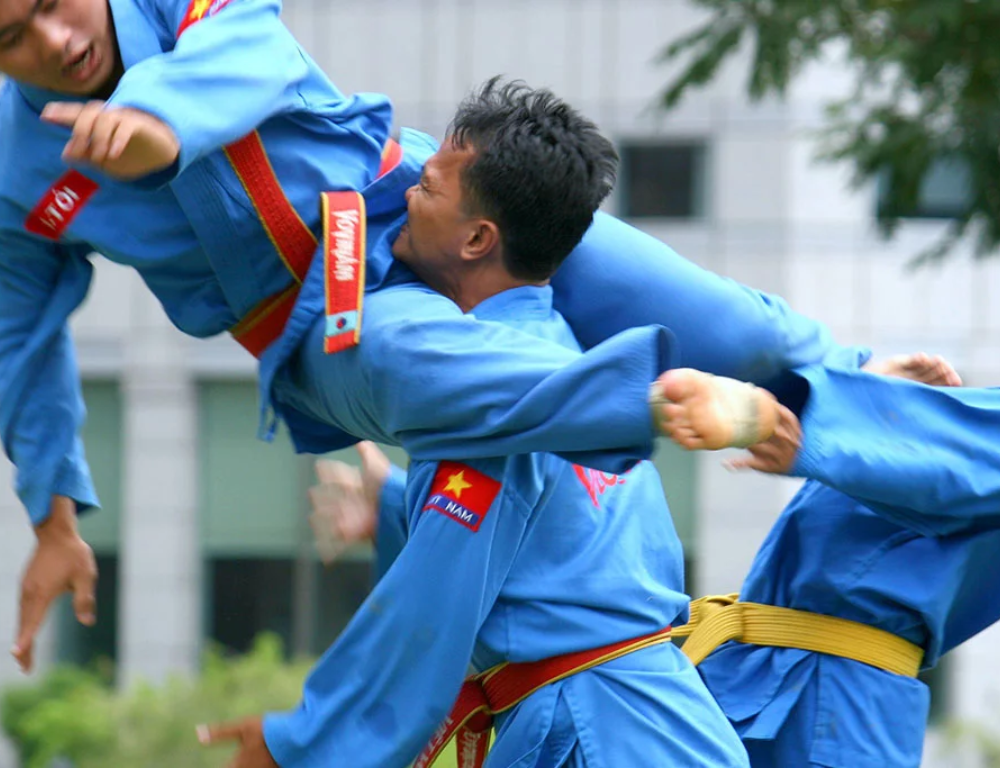

- Flying scissors kicks: A signature technique requiring agility and precision.
- Joint locks and throws: Effective for close combat situations.
- Weapons training: Practitioners learn to use swords, staffs, and other traditional weapons.
Today, Vovinam is practiced worldwide, with schools in over 70 countries. It has become a symbol of Vietnamese culture and resilience.
🔥 Delve into Vietnamese history and culture at the fascinating Bat Trang Village!
Traditional Vietnamese Fighting Styles
Binh Dinh Martial Arts
Binh Dinh, a province in central Vietnam, is renowned for its traditional fighting styles. These arts developed during the Tay Son dynasty and are deeply rooted in local folklore.
- Focus on Weaponry: Binh Dinh styles include extensive weapons training, such as the use of swords, staffs, and halberds.
- Animal Movements: Techniques mimic the movements of animals like tigers, snakes, and eagles.
Tay Son Martial Arts
Named after the Tay Son brothers who led a successful rebellion in the 18th century, this style combines swift, powerful strikes with deceptive footwork. It reflects the guerrilla warfare tactics used during their campaigns.
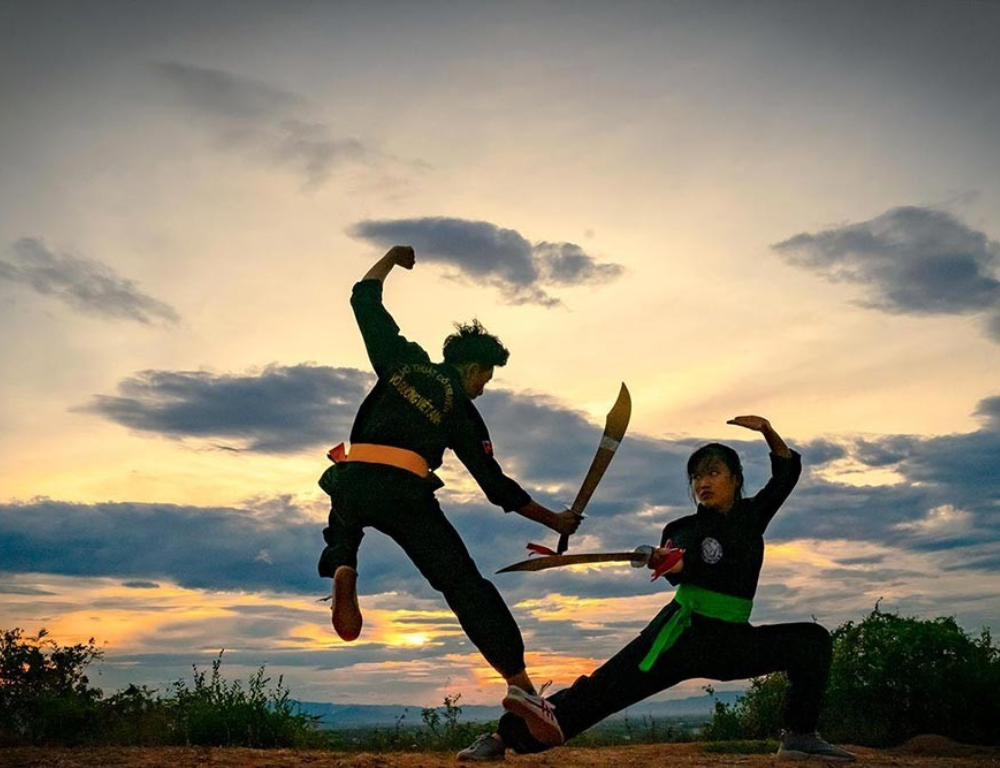
Ngoc Tran Quyen
This lesser-known style is characterized by its fluid, circular movements, emphasizing agility and precision. It’s often associated with spiritual practices and meditation.
🔥 Delve into Vietnamese history and culture at fascinating Hanoi Museums!
Weapons in Vietnamese Martial Arts
Vietnamese martial arts are known for their creative use of weapons, which often reflect the nation’s resourcefulness.
- Sword (Kiem): Symbolizing power and authority, the sword is a staple weapon.
- Staff (Con): A versatile weapon used for striking, blocking, and sweeping.
- Halberd (Kich): Combining a spear and an axe, the halberd is effective for both offense and defense.
- Fan (Quat): Used in traditional dances and martial arts, the fan is deceptively dangerous in skilled hands.
Martial Arts as a Cultural Heritage
Preserving History
Martial arts serve as a living archive of Vietnam’s history, encapsulating stories of resilience and creativity. Traditional techniques are often passed down orally, preserving their authenticity.
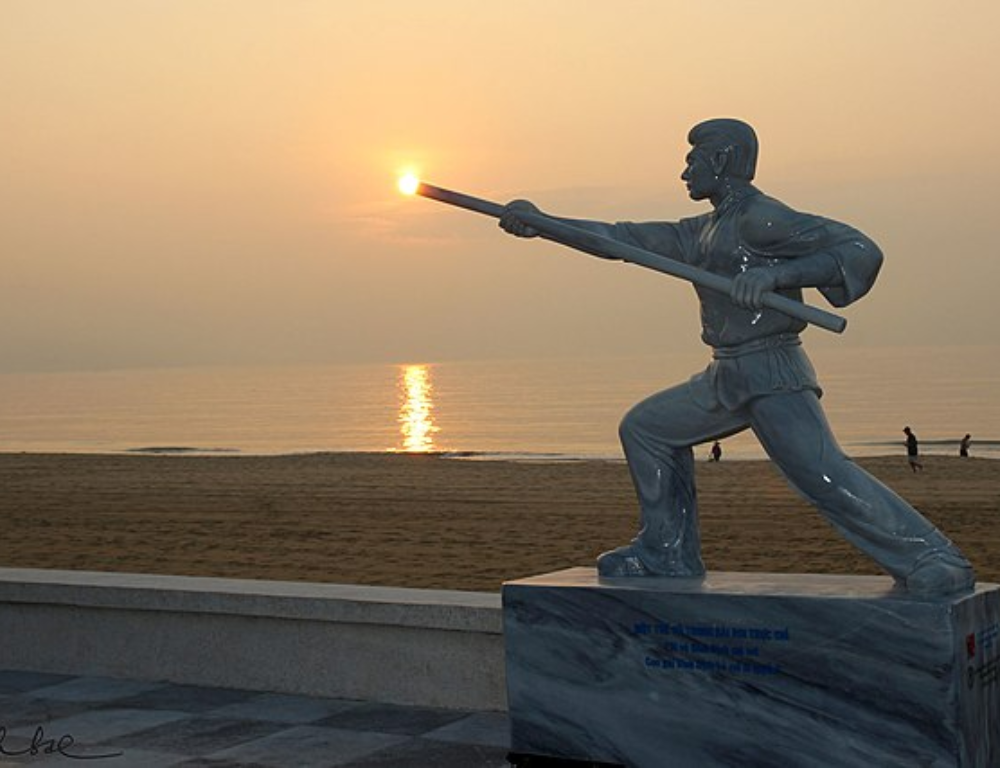

Festivals and Performances
Martial arts demonstrations are a highlight of cultural festivals in Vietnam, showcasing the country’s rich heritage to locals and tourists alike.
🔥 Discover the best of Vietnam’s Capital without breaking the bank: Hanoi Budget Travel!
The Role of Martial Arts in Modern Vietnam
Fitness and Health
Many Vietnamese practice martial arts for physical fitness, enjoying benefits like improved flexibility, strength, and cardiovascular health.
National Pride
Martial arts, particularly Vovinam, are a source of national pride, representing Vietnam’s spirit and ingenuity on the global stage.
The Global Impact of Vietnamese Martial Arts
Vietnamese martial artists regularly participate in international competitions, earning recognition for their skill and dedication. Through martial arts schools abroad, Vietnam shares its culture and philosophies with the world, fostering understanding and appreciation.
🇻🇳 Admire the colorful and intricate designs of Vietnamese Clothing!
Learning Vietnamese Martial Arts
⟡ Finding a School
Whether in Vietnam or abroad, there are many schools offering training in Vovinam and other styles.
⟡ Commitment to Practice
Martial arts require dedication and consistent practice, but the rewards—physical fitness, mental clarity, and cultural connection—are worth the effort.
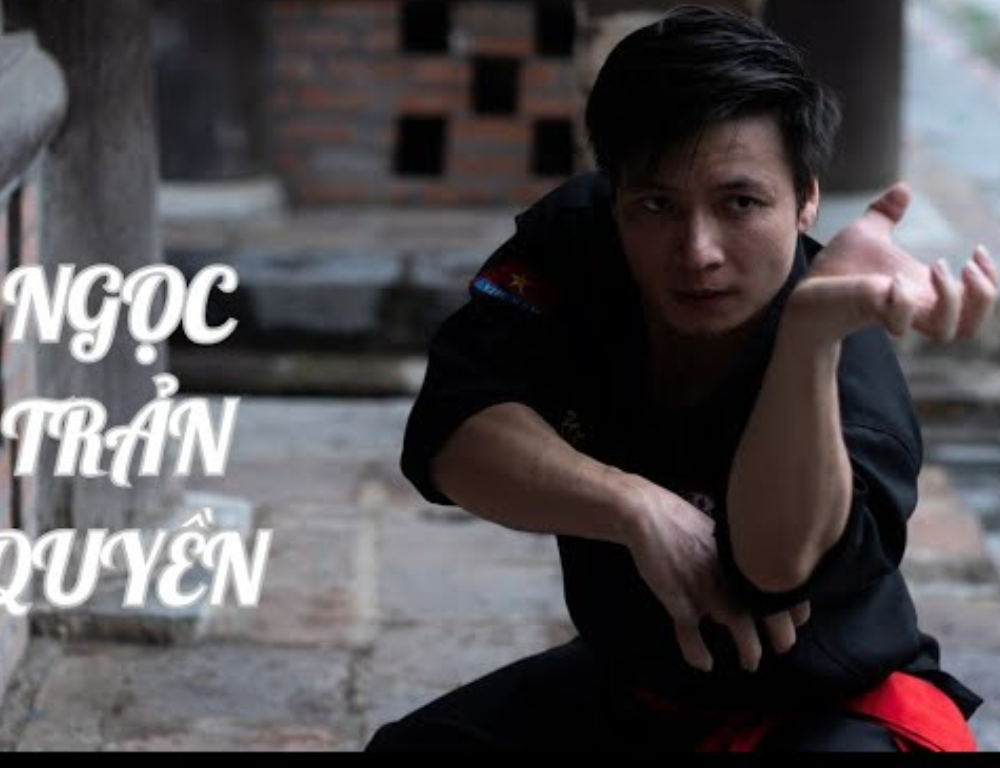

⟡ Embracing the Philosophy
Beyond techniques, learners are encouraged to embrace the philosophies of balance, discipline, and respect that underpin Vietnamese martial arts.
📸 Immerse yourself in Vietnam’s captivating culture. From ancient temples to vibrant festivals, there’s something for everyone. | Contact us via WhatsApp or follow Sun Getaways Travel Fanpage for personalized trip planning. Or follow these posts to explore the cultural wonders of Vietnam:
Challenges Facing Vietnamese Martial Arts
As Vietnam modernizes, traditional practices risk being overshadowed by global trends. Efforts to preserve and promote martial arts are vital. Vietnamese martial arts compete with more widely known styles like karate and taekwondo.
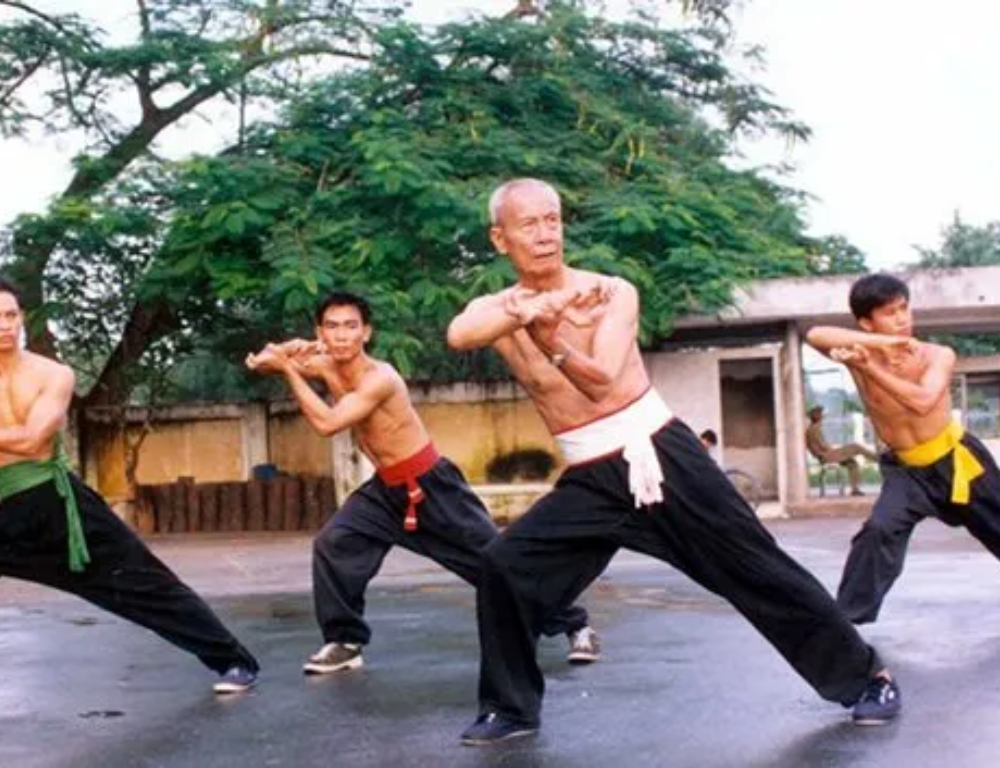

Increased awareness and international collaborations can help elevate their status. There’s a need to ensure that Vietnamese martial arts are represented authentically, avoiding oversimplification or commercialization.
🇻🇳 Be enchanted by the magical world of Vietnamese Water Puppetry.
FAQs
- What is the most famous Vietnamese martial art?
Vovinam is the most famous Vietnamese martial art, known for its dynamic techniques and emphasis on harmony. - What are traditional Vietnamese fighting styles?
Traditional styles include Binh Dinh martial arts, Tay Son techniques, and Ngoc Tran Quyen, each with unique characteristics. - Are martial arts suitable for beginners?
Yes, Vietnamese martial arts offer techniques and training suitable for all skill levels, making them accessible to beginners. - What weapons are used in martial arts?
Common weapons include swords, staffs, halberds, and fans, reflecting the adaptability of Vietnamese fighters. - Where can I learn Vietnamese martial arts?
Martial arts schools in Vietnam and abroad offer training in Vovinam and other traditional styles.
Conclusion
Vietnamese martial arts are a unique blend of tradition, philosophy, and adaptability, reflecting the country’s rich cultural heritage and indomitable spirit. From the dynamic kicks of Vovinam to the weapon-based techniques of traditional Vietnamese fighting styles, these arts offer something for everyone—be it self-defense, fitness, or a deeper connection to Vietnamese culture.
Whether practiced for personal growth or showcased on the global stage, Vietnamese martial arts continue to inspire and empower people worldwide, proving that the warrior spirit truly knows no bounds.
Experience Vietnam like never before with Sun Getaways Travel. Our all-inclusive trips cover every detail, from accommodations and transportation to unforgettable experiences, depending on your interests (Our Customized Private Tour for each customer to Vietnam 🇻🇳). Ready to embark on your next adventure?
Ask a question
Leave a Comment (0)
No questions yet. Be the first to ask a question!


